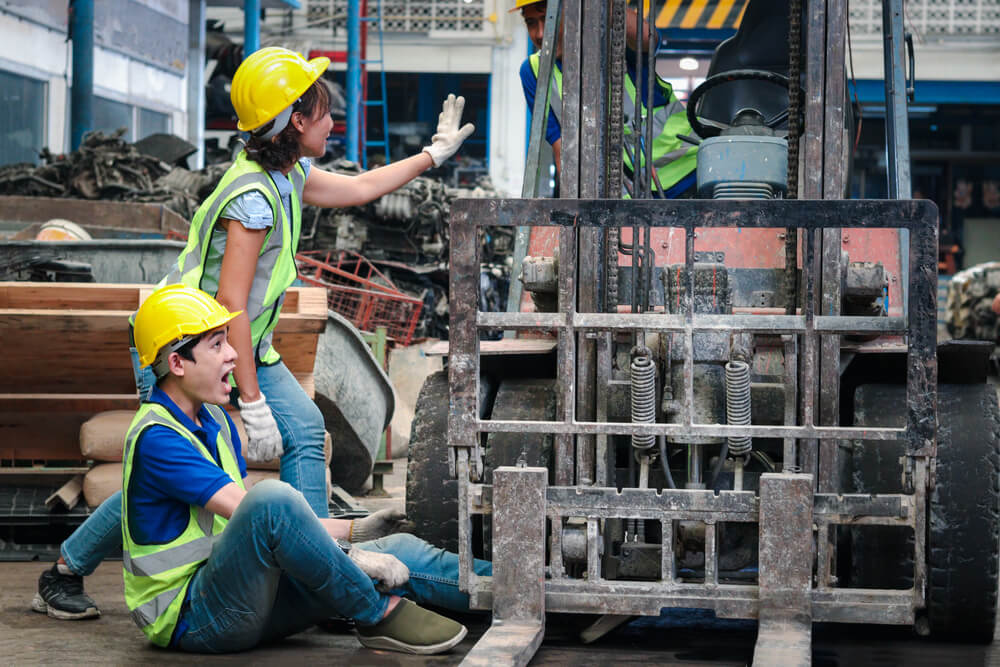
Construction sites are some of the most hazardous work environments. With their inherent risks, accidents are unfortunately common. These incidents often have far-reaching consequences on workers’ lives, affecting their health, career prospects, and overall well-being. This article explores the impact of construction accidents, emphasizing physical, mental, and financial consequences. It also highlights the importance of preventive safety measures and professional legal aid.
Physical Impact of Construction Accidents
The physical toll of a construction accident is often immediate and severe. Injuries can range from minor bruises and cuts to life-altering conditions such as fractures, burns, or spinal damage. The most serious cases may result in permanent disabilities.
When workers are physically hurt, their ability to engage in their trade can be severely compromised. A worker recovering from surgery, for instance, may face weeks or months of downtime. And if the injury results in a loss of mobility or chronic pain, it could end their ability to perform labor-intensive tasks altogether. This is a devastating prospect for workers who depend entirely on physical labor to support their families.
Beyond immediate injuries, victims of construction accidents may also face long-term health complications. Conditions such as chronic pain, restricted mobility, and psychological stress can significantly diminish quality of life, creating another layer of challenges for both personal and professional growth.
Mental and Emotional Strain
The emotional impact of construction accidents is equally significant but often underestimated. Workers who endure traumatic incidents frequently suffer from depression, anxiety, or even post-traumatic stress disorder (PTSD). Mental health issues can develop when a worker relives the accident or grapples with the reality of their physical limitations.
The emotional burden doesn’t end there. Fear of returning to work, uncertainty about career prospects, or feelings of inadequacy can make holding down a job in the future difficult. This mental strain also extends to the worker’s family, who may face increased emotional stress due to the worker’s changes in demeanor or physical capabilities.
Career Consequences of Workplace Accidents
For many in the construction industry, an accident represents more than just a health setback—it threatens their career. Lost work hours during recovery periods can make it difficult to maintain employment, particularly in competitive or short-term project environments. A worker may also encounter difficulties finding new job opportunities in construction after a significant injury, especially if they are perceived as unable to meet physical demands.
Rehabilitation and retraining programs can help injured workers transition into less physically demanding roles, but this requires time and substantial effort. Unfortunately, not all employers or industries offer these opportunities. Consequently, injured workers may need to leave the construction field altogether and seek other forms of employment, often at lower pay rates.
The Financial Fallout
The immediate financial implications of a construction accident often include steep medical bills, surgery costs, and rehabilitation expenses. If the worker is unable to return to work, the lack of income adds another dimension to the financial strain. The situation is worsened in cases where workers serve as the primary breadwinners for their families.
Even workers who qualify for compensation benefits may find these payments insufficient to cover all their medical expenses and lost wages. This forces many to dip into savings, borrow money, or make significant lifestyle changes to cope. Such financial instability often causes stress that feeds into the emotional and mental toll of the accident.
The Role of Safety Measures
Preventive measures in construction are indispensable for minimizing accidents and protecting workers. Strong safety regulations, robust training programs, and the use of proper personal protective equipment (PPE) can drastically reduce the risk of incidents on worksites.
Employers must create a culture of safety by conducting regular inspections, enforcing safety standards, and encouraging workers to report hazards. Workers, on the other hand, should take an active role in following guidelines and making use of protective gear like helmets, gloves, and harnesses. Preventing accidents not only safeguards health but also ensures a more stable career trajectory for construction workers.
Legal Support for Accident Victims
After workplace accidents, injured workers may face complex legal battles to obtain compensation. This is where seeking professional assistance, such as consulting a crane accident lawyer in specific incidents, proves invaluable. Legal professionals can help workers understand their rights, file claims, and fight for adequate compensation for medical bills, lost wages, and emotional damages.
Having proper legal representation also lessens some of the stress and confusion surrounding the aftermath of an accident. By taking on the burden of navigating legal systems, lawyers allow victims to focus on recovery and rebuilding their lives.
Summary
Construction work accidents have a multifaceted impact on workers, from physical injuries to mental health challenges and career disruptions. The financial costs add another layer of complexity to their recovery. To mitigate these repercussions, both employers and workers must prioritize safety at the workplace. Additionally, professional legal counsel can provide essential support in helping injured workers secure their rights and rebuild their lives.
By boosting awareness about the consequences of workplace accidents and the benefits of safety measures, we can work toward creating a safer construction environment that protects both careers and health.





